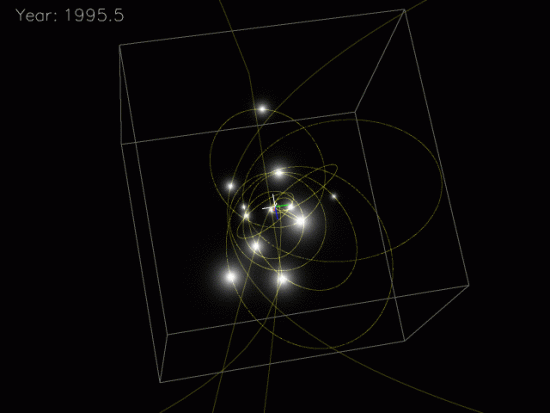
July 27, 2020
Electric Universe theory contradicts the theory of dark matter.
Along with the general idea of invisible, undetectable materials in space that can release vast amounts of radiation, dark matter theory inserts unreasonable dilemmas into an already confused environment. Mainstream astrophysicists believe that dark matter is a necessary component in cosmological calculations, since they think that there is not enough gravity in the Universe for galaxies to assemble into clusters. Also, galaxy clusters should not exhibit recessional velocities that can exceed 95% of light speed. To account for the mass problem, dark matter was invented.
Astronomers think that an undetectable kind of matter must exist because stars on the edges of spiral galaxies revolve with the same angular velocity as stars closer to their centers. Newtonian theory insists that stars farther away ought to move more slowly, so dark matter was assumed to impart extra velocity to the more remote stars, although serious doubts about dark matter were already published when those ideas were made public.
According to a recent press release, more doubts about dark forces are coming to the fore. Consensus models propose a Big Bang followed by expansion. However, the authors believe that “empty space” is not subject to expansion; preferring to fall-back on ideas that see space as an invariant factor. That invariance is known as, “the cosmological constant” in some equations, and indicates that space should not be seen as a quantity that can change.
Since dark matter cannot be seen by optical telescopes and can be analyzed through inference alone, could it be that something else is taking place? Something that conventional observers fail to consider as an active force? That “something” is electricity.
Electric Universe proponents share a different view regarding the nature of the cosmos. Astrophysicist Hannes Alfvén came up with an “electric galaxy” theory as early as 1981. Alfvén observed that galaxies resemble homopolar motor/generators. A homopolar motor is driven by magnetic fields induced in a circular aluminum plate or some other conductive metal. The metal plate is placed between the poles of an electromagnet, causing it to spin at a rate proportional to the input current.
Galactic discs behave like conductive plates. Birkeland currents flow within galactic disks, powering their stars. Galaxies are, in turn, powered by intergalactic Birkeland currents that are detectable by the radio signals they induce. Since Birkeland currents are attracted to each other in a 1/√r relationship, dark matter can be dismissed when electric charge flowing through dusty plasma is recognized as an attractive force.
As time goes on, Electric Universe advocates predict that all “dark” theories will eventually be illuminated by electric lights.
Stephen Smith
The Thunderbolts Picture of the Day is generously supported by the Mainwaring Archive Foundation.












